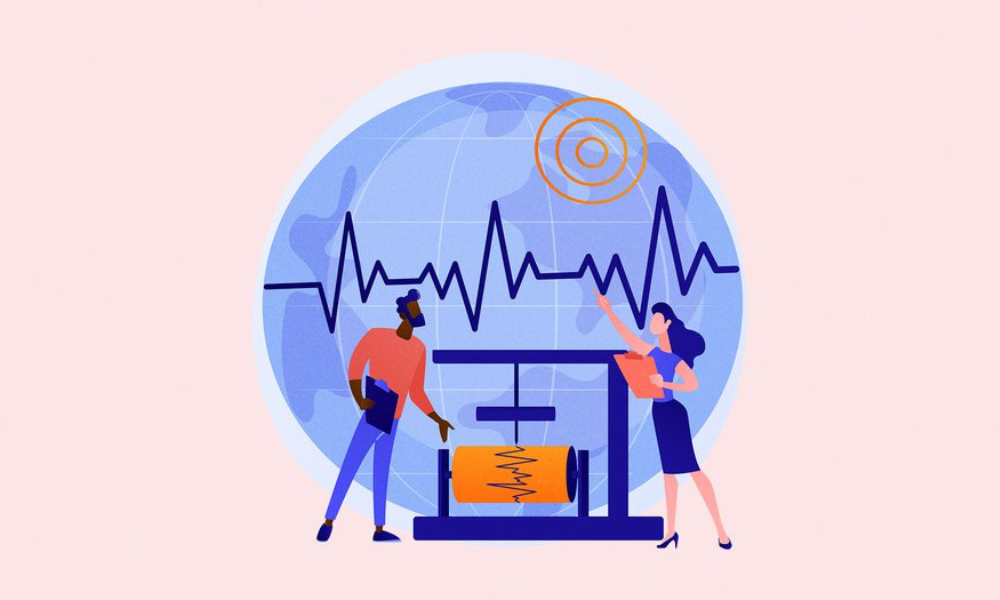
Earthquakes have been a source of fascination and fear for humans throughout history.
The sudden and destructive nature of these natural disasters has left us wondering if there's any way to predict when and where they might strike.
While scientists have made significant strides in understanding the causes of earthquakes, predicting them with pinpoint accuracy remains a challenge.
In this blog post, we will explore the methods and technologies scientists use to predict earthquakes and how they are working towards improving our ability to forecast these seismic events.
| Are you a Tax Lawyer in USA? 👉Transform Your Brand: Click for Metamorphosis👈 |
Before delving into earthquake prediction methods, it's essential to grasp the basics of how earthquakes occur.
Earth's outer shell, known as the lithosphere, is divided into several tectonic plates.
These plates are constantly moving, and when they interact, they can cause earthquakes.
The point where two plates meet is called a fault line, and it's here that the buildup of stress over time is released in the form of seismic energy, leading to an earthquake.
One of the most widely used methods for earthquake prediction is seismic monitoring.
Scientists place seismometers or seismographs at various locations around the world to detect ground motion caused by seismic waves.
When an earthquake occurs, these instruments record the amplitude, frequency, and duration of the seismic waves, helping scientists determine the earthquake's location, depth, and magnitude.
By analyzing data from multiple seismometers, researchers can create seismograms that provide valuable information about the earthquake's source and characteristics.
This data is vital for understanding earthquake patterns and improving our ability to predict them.
Earthquake early warning systems are another critical tool in earthquake prediction.
These systems use real-time data from seismometers to detect the initial, less damaging seismic waves, called P-waves, which travel faster than the more destructive S-waves and surface waves.
Once the P-waves are detected, the system can issue warnings seconds to minutes before the more damaging waves arrive, giving people and infrastructure a brief but crucial heads-up to take protective measures.
Countries like Japan and California have implemented earthquake early warning systems, which have proven effective in reducing casualties and damage in some cases.
Global Positioning System (GPS) and satellite technology have revolutionized our ability to monitor the movement of tectonic plates.
By tracking the precise positions of GPS receivers over time, scientists can detect slow tectonic plate movements and deformation along fault lines.
This information helps in assessing the potential for earthquake activity in specific regions.
Recent advancements in machine learning and artificial intelligence have also contributed to earthquake prediction efforts.
These technologies can analyze vast amounts of seismic and geophysical data to identify patterns and anomalies that may indicate impending earthquakes.
While this approach is still in its infancy, it holds promise for improving our understanding of earthquake precursors.
Despite these advancements, earthquake prediction remains challenging due to several factors:
While scientists have made significant progress in understanding the mechanisms behind earthquakes and developing monitoring systems, the ability to predict earthquakes with precision remains an elusive goal.
Earthquake prediction is a complex and ongoing field of research, and while we may not be able to forecast earthquakes like we do with weather, the advancements made in monitoring, early warning systems, and technology continue to improve our ability to mitigate the impact of these natural disasters.
As our knowledge grows and technology advances further, we can hope for more accurate and timely earthquake predictions, ultimately saving lives and reducing the destruction caused by these powerful events.